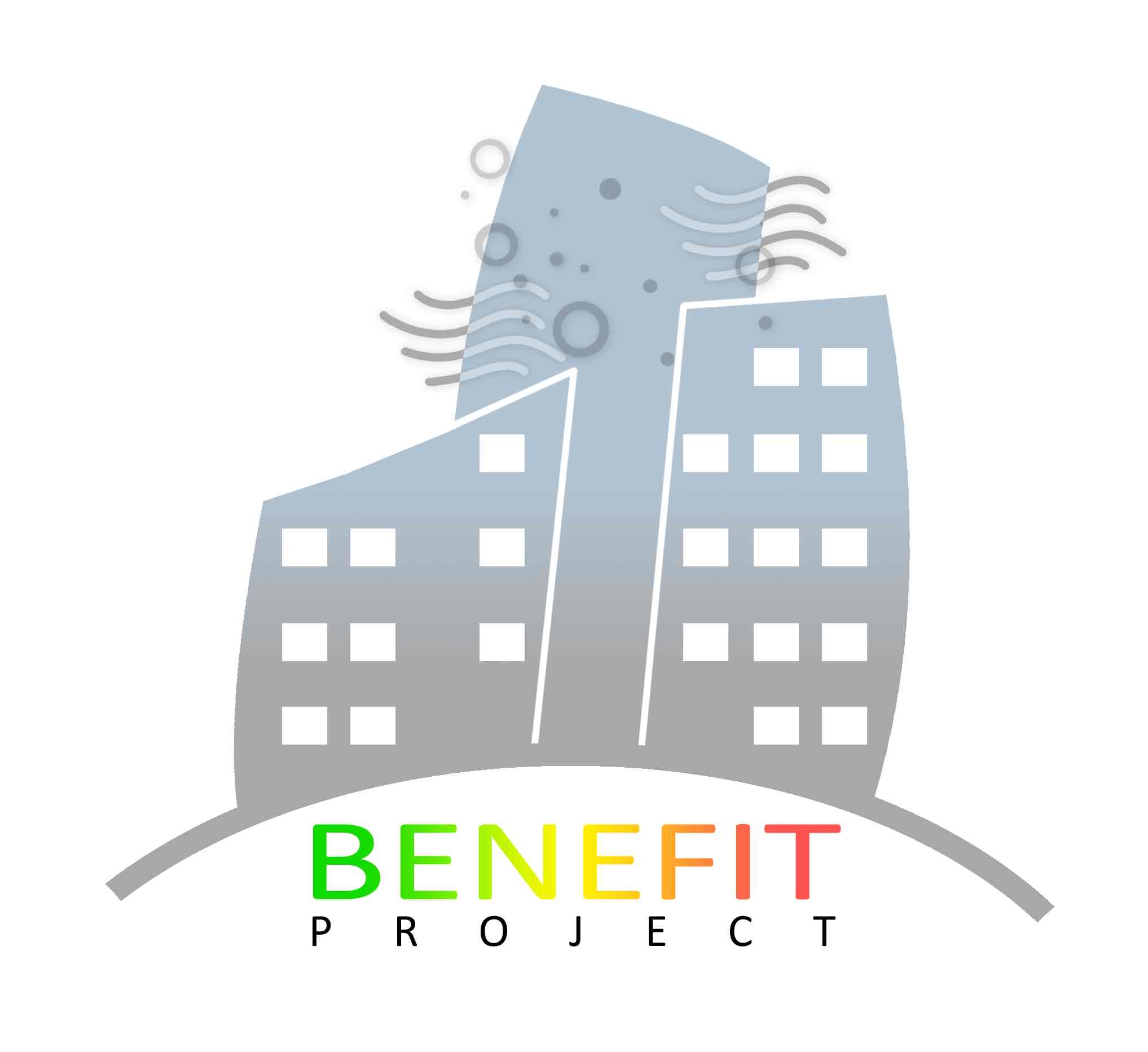-
Courses

Courses
Choosing a course is one of the most important decisions you'll ever make! View our courses and see what our students and lecturers have to say about the courses you are interested in at the links below.
-
University Life

University Life
Each year more than 4,000 choose University of Galway as their University of choice. Find out what life at University of Galway is all about here.
-
About University of Galway

About University of Galway
Since 1845, University of Galway has been sharing the highest quality teaching and research with Ireland and the world. Find out what makes our University so special – from our distinguished history to the latest news and campus developments.
-
Colleges & Schools

Colleges & Schools
University of Galway has earned international recognition as a research-led university with a commitment to top quality teaching across a range of key areas of expertise.
-
Research & Innovation

Research & Innovation
University of Galway’s vibrant research community take on some of the most pressing challenges of our times.
-
Business & Industry

Guiding Breakthrough Research at University of Galway
We explore and facilitate commercial opportunities for the research community at University of Galway, as well as facilitating industry partnership.
-
Alumni & Friends

Alumni & Friends
There are 128,000 University of Galway alumni worldwide. Stay connected to your alumni community! Join our social networks and update your details online.
-
Community Engagement

Community Engagement
At University of Galway, we believe that the best learning takes place when you apply what you learn in a real world context. That's why many of our courses include work placements or community projects.
About
Why Project is Important
90%
Of our time is spent indoors
4:1
The benefit-cost ratio of improving indoor air quality
70%
Indoor air can contain 70% more pollutants compared to outdoor air
About the BENEFIT Project
The BENEFIT project seeks to assess indoor air quality and occupant comfort in energy efficient non-domestic Irish buildings with the aim of developing ventilation guidelines for future retrofits and new builds.
- Why the BENEFIT Project is Important?
In the interest of the global environment, we need to reduce energy consumption and emissions in offices, schools and public buildings. There are numerous policies and plans to deliver on these plans. However, studies have shown that improperly implemented energy eficiency measures can lead to negative impacts on the health and well-being of building occupants. While other studies have highlighted that 'green building certifications' may not sufficiently promote or even impair indoor air quality.
- Indoor Air Pollution
Indoor Air Quality refers to the air quality inside buildings. It is established that poor indoor air quality can affect the health, comfort and well-being of building occupants. Poor air quality is linked to respiratory diseases such as asthma, COPD and lung cancer. Human performance is also adversely affected by poor indoor environment quality. There are several different indoor air pollutants, such as Co2, Ozone, Nitrogen dioxide, Sulpher dioxide, Carbon Monoxide, Volatile Organic Compounds, and Particulate Matter.
- Methodology
The BENEFIT project will assess indoor air quality and occupant comfort of schools, offices and other public buildings that have been retrofitted or newly built to meet energy efficiency requirements. Indoor Environment Quality (IEQ) data will be collected in a range of non domestic buildings (Offices, Schools, etc...). IEQ will be monitored using sensors that measure key air pollutants in non-domestic building such as offices, schools, and hospitals.
BENEFIT will collect data on:
- Indoor air pollutants
- Thermal comfort (how hot or cold occupants feel)
- Building/ventilation characteristics
- Post-occupancy evaluation
- Activity diarys
The project is split into three distinct cohorts. Firstly, BENEFIT will evaluate indoor air quality in non domestic buildings following energy retrofits. A pre and post retrofit evaluation will be conducted. This will be completed using a combination of high grade sensors alongside discrete remotely operated sensors. Additionally, a longitudional study of indoor air quality and thermal comfort will be completed in new energy efficient buildings and recently retrofitted buildings. This will be completed over two seasons. Finally, a radon study will be carried out in schools around the country.
Computational models will be callibrated to the data collected from field work to provide further insight to the benefits of various retrofit measures and ventilation strategies.
- Outcomes
The BENEFIT project desires to find solutions for improved IEQ in non-domestic buildings. The project will focus on developing solutions and recommendations which will support the development of specific retrofitting guidelines in the context of ventilation.
- Our Sponsors
The BENEFIT project is funded by the Government of Ireland through the Sustainable Energy Authority of Ireland’s (SEAI) Research, Development and Demonstration Funding Call 2021.
















